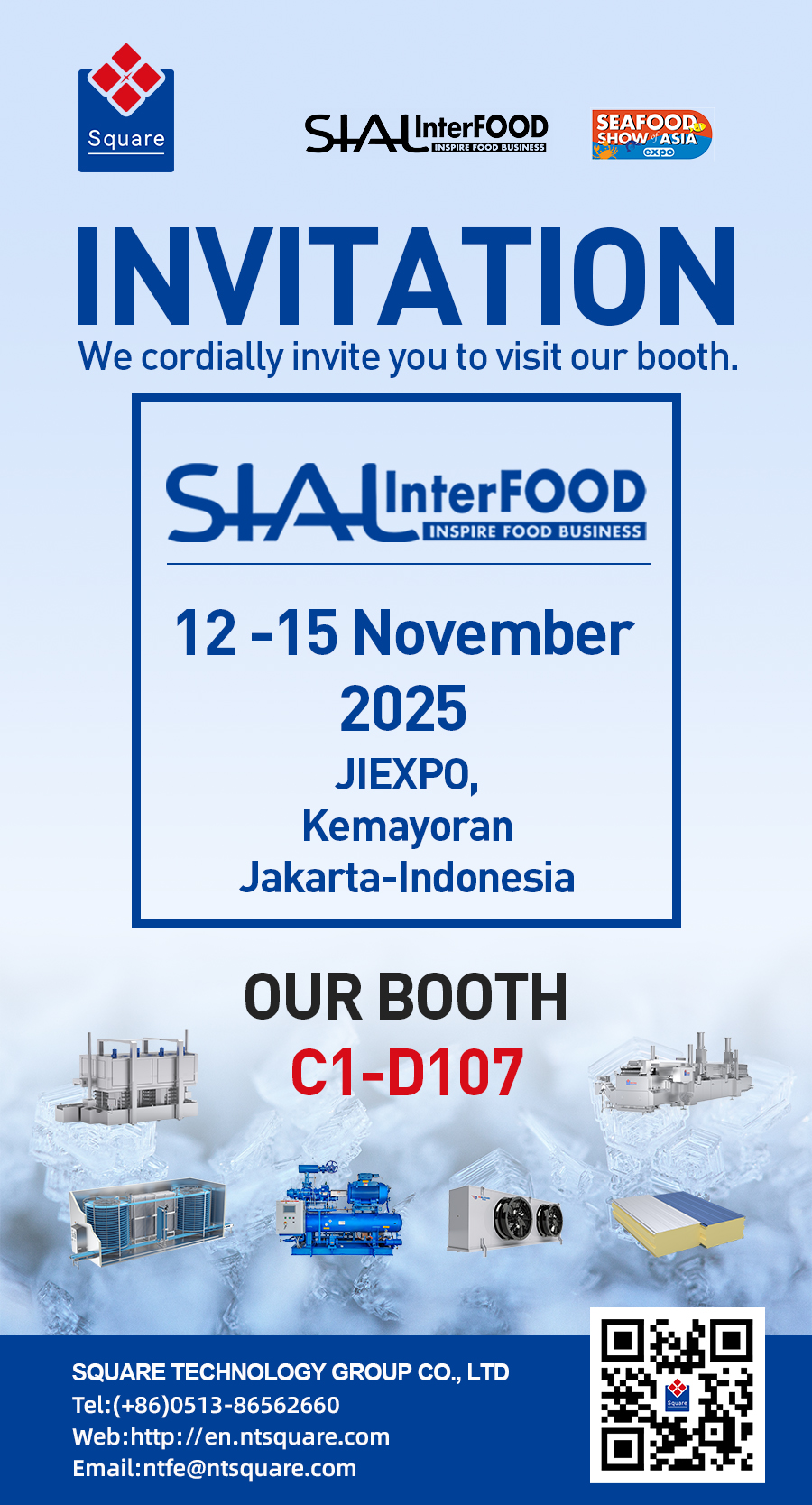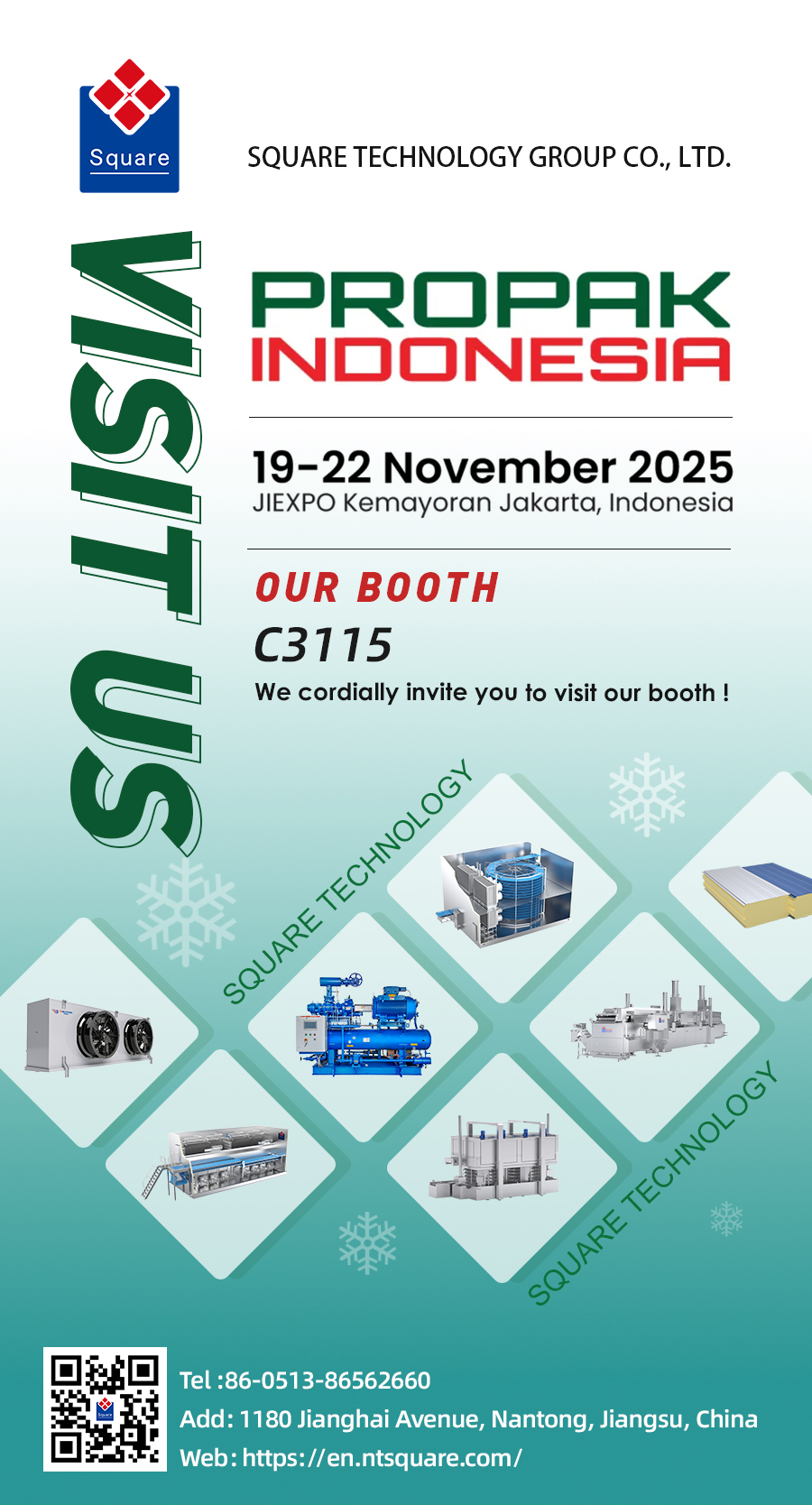Blast freezing technology revolutionizes the way food is preserved by freezing it at ultra-low temperatures, ensuring quality and safety. The rapid cooling process prevents the formation of large ice crystals, which can damage food texture and taste. This method extends the shelf life while maintaining the nutritional value and fresh appearance of the products. This blog presents a brief yet in-depth analysis of blast freezing and its related topics.
Understanding Blast Freezing Technology
Blast freezing technology is a method of rapidly freezing products to preserve their quality, safety, and nutritional value. This technique involves circulating extremely cold air at high velocities over the items, allowing for quick and efficient freezing.
What Is Blast Freezing
Blast freezing is a process where food products are exposed to very cold air, typically ranging from -10°F to -50°F, depending on the system used. This rapid freezing preserves the food’s taste, texture, and nutritional value by creating small ice crystals that are less damaging to the cellular structure. Rapid freezing helps prevent the growth of spoilage microorganisms and extends the shelf life of the products.
Types of Blast Freezing
There are several types of blast freezings, each designed for specific applications and environments. Individual quick freezing (IQF), where items are frozen separately to prevent clumping, and tunnel freezing, which uses a continuous conveyor system for larger batches. Plate freezing is an efficient method that uses two metal plates to rapidly freeze food items placed in between. This technique is particularly effective for flat or thin products, as direct contact with the cold surfaces allows for quick and uniform freezing. Air blast freezing is a rapid freezing method that utilizes high-velocity cold air to lower the temperature of products quickly and efficiently. This technique allows for uniform freezing, helping to preserve the texture and flavor of food items by minimizing ice crystal formation. Each type of freezer offers unique advantages in terms of efficiency, capacity, and suitability for different product types.

Comparison with Conventional Freezing Methods
Blast freezing differs significantly from conventional freezing methods, primarily in terms of speed and efficiency. In conventional freezers, products freeze slowly, leading to the formation of large ice crystals that can damage the food’s structure. This can negatively impact taste and texture. In contrast, blast freezers use very cold air blowing at high speeds, creating smaller ice crystals and preserves food quality. Conventional freezers also generally suffer from lower capacity and longer freezing times compared to blast freezers. The rapid freezing capability of blast freezers also means reduced bacterial growth, enhancing food safety and extending shelf life.

Components of Blast Freezing
Blast freezing technology relies on several critical components to ensure rapid cooling and effective preservation of food products, whose key elements include sophisticated cooling systems using specialized refrigerants and well-designed insulation for energy efficiency.
Cooling Systems and Refrigerants
Blast freezing systems use powerful compressors and fans to circulate extremely cold air. This rapid cooling process typically involves temperatures ranging from -18°C to -40°C. Refrigerants used in this process come in various types: such as ammonia, CO2, and HFCs to achieve efficient and effective cooling.

Using high-powered fans to blow cold air over the food products is central to the system’s efficiency. The air velocity can range from 3.0 to 6.0 linear meters per second, which ensures that the food is quickly frozen to its core. This method minimizes ice crystal formation, preserving the texture and quality of the food.
The choice of refrigerant can impact both the efficiency of the system and its environmental footprint. Modern systems favor environmentally friendly refrigerants to comply with stringent environmental regulations and to reduce the system’s carbon footprint.
Insulation and Enclosure Design
Insulation is critical in maintaining the internal temperature of blast freezers, reducing energy consumption, and ensuring uniform temperature distribution. High-quality insulation materials, such as polyurethane foam, are used to create a tightly sealed enclosure that prevents heat ingress.
The design of the enclosure itself also plays a crucial role. It must be constructed to handle low temperatures without compromising structural integrity. The enclosure needs to be equipped with well-sealed doors and robust construction to prevent any loss of cold air, thus maintaining optimal efficiency.
Effective insulation and thoughtful enclosure design lead to significant energy savings and ensure that the system operates at peak performance, providing consistent and reliable freezing conditions for various food products.
Applications of Blast Freezing in Industry
Blast freezing technology finds significant uses in various industries, ensuring product longevity and quality. Primarily, its applications are notable in the realms of food preservation and safety, as well as in pharmaceuticals and biotechnology.
Food Preservation and Safety
Blast freezing is essential for preserving food by rapidly lowering the temperature to prevent microbial growth.
This technology is widely utilized in the bakery industry to extend the shelf life of baked goods. By freezing at temperatures between -30°C and -50°C with high airflow, the quality and fresh texture of food are maintained.

Seafood and meat industries benefit from blast freezing by maintaining freshness and preventing spoilage.
Vegetable and fruit processors use blast freezing to retain nutritional quality and appearance. The rapid freezing process helps in reducing ice crystal size, which minimizes cellular damage in foods.
Pharmaceutical and Biotechnology Uses
In the pharmaceutical and biotechnology sectors, blast freezing helps in the preservation of sensitive products such as vaccines, proteins, and other biologics.
This technique is integral for maintaining the stability and effectiveness of pharmaceuticals by rapidly freezing them to temperatures that inhibit degradation. Typically, temperatures range from -10°F to -20°F.
Biotechnology companies use blast freezing to preserve biological samples and reagents. It ensures that the integrity of samples like tissue, cells, and DNA remains intact during storage and transport.
Blast freezing is also used in storing and transporting clinical trial materials. The rapid freezing process ensures the reliability and accuracy of trial results by preventing any biochemical changes in the samples.




